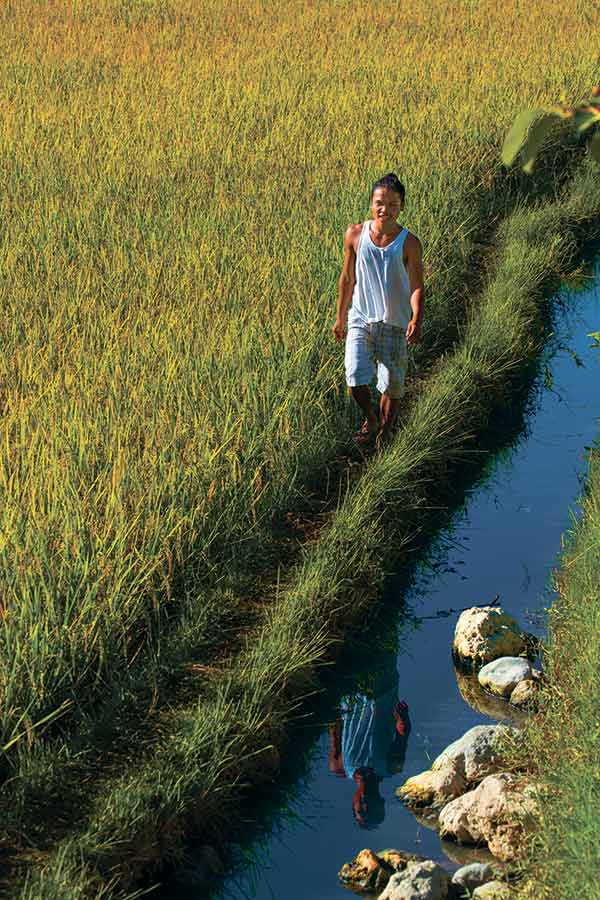Getting the right exposure
I THINK that every photography book has fully explained that there are three functions in every camera that controls the amount of light. These are shutter, aperture and ISO. They are also known as the exposure triangle. Their only function is to control the amount of light coming in, and incidentally, they have a side effect.
The shutter controls the light through duration of time. If you allow the light to come in a little further, then you’ll have more light. If the light intensity is so strong, you can control it by limiting the time it passes through the shutter. The side effect when controlling light through the shutter is motion or blur. This is normally used to freeze a moving subject or capture the motion.

If there are 10 persons outside a room and they’re given one second to enter the room through a door, I’d bet you’ll probably only get one person through. If the time is increased to five seconds, maybe half of them would be able to enter. That’s how shutter works — it controls the time of exposure.
The aperture, on the other hand, controls the light through the opening of the lens. That’s the reason the aperture range is dependent on the lens that you mount on your camera. If you need more light to get the right exposure, you can always open up the aperture. If there’s too much light, then make the opening smaller to constrict the light passing through.
Given the same example of 10 persons outside a room. If they’re asked to enter the room in one second through a small door, you’ll get one person in. If you increase the size of the door, you’ll get more persons inside given the same one second duration. The side effect when closing and opening the aperture is depth-of-field. This effect is commonly used to blur the background of the subject.
The third control is the ISO. Yes it’s the same ISO you see in quality controls. This one is about the sensitivity standard of a camera sensor. Imagine if every camera brand has their own standard when it comes to sensitivity of their sensor.
ISO controls the amount of light by adjusting its sensitivity to light. The higher the ISO, the more sensitive the sensor becomes. If you need more light to get the right exposure, all you have to do is increase the sensor’s sensitivity and vice versa. The side effect of ISO is noise. The more you increase the sensitivity, the more noise you get. Some high-end camera though, can handle high ISO with less noise.
Combining the three controls will allow you to adjust the amount of light coming in to your camera. If you wonder why you need three to control it, because sometimes you want to use the side effect of aperture to blur the background and therefore the only way for you to control the light is through your shutter and ISO.
The same way that if you want to freeze the motion through shutter speed, your aperture and ISO will be left to control the light. They complement each other. Understanding how to control the light is one knowledge you will be using even until you become a pro. Keep on shooting, everyone!
photomania.sunstar@gmail.com
www.grp.ph




